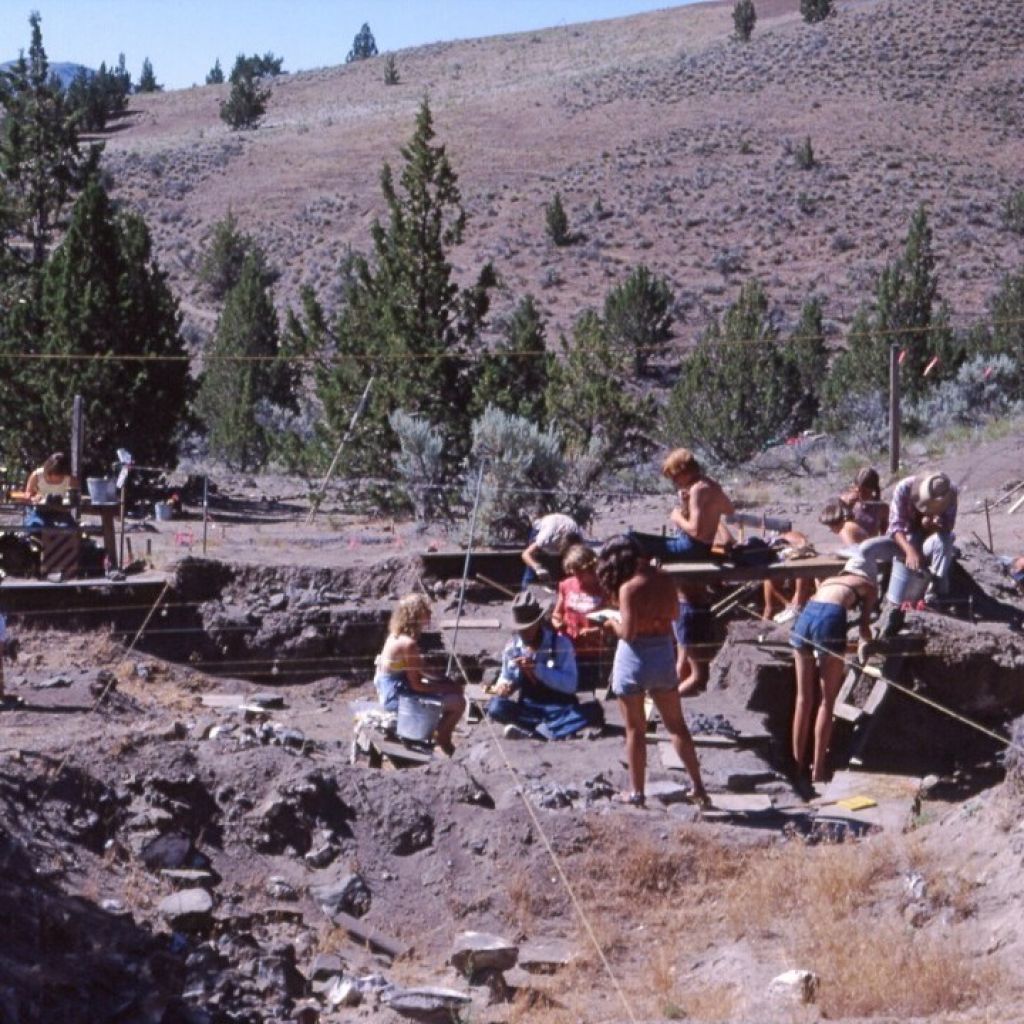A dummy’s guide to finding a fossil

It’s 2014 and you’ve decided you want to become a palaeontologist.
Palaeoanthropologist and National Geographic Explorer Professor Lee Berger is, after all, your hero and you have posters of him all over your room. But you don’t know where to start.
We spoke to Professor Francis Thackeray of the Evolutionary Sciences Institute at Wits University, who gave us a quick dummy’s guide to being a fossil hunter.
Before we send you out into the field, though, let us remind you that fossils are protected by the National Heritage Resources Act of 1999 and can only be excavated, sold or traded with a valid permit – so don’t even think of turning into a rogue fossil hunter operating under the cover of darkness.
We also strongly suggest you get some tertiary training before embarking on this remarkable journey into the past.
Here is our seven-step guide:
Identify a site. Palaeontologists use a number of tools to identify a potential fossil goldmine. Google Maps imagery and aerial photos are often used to find such sites. Using information gathered from these sources, you could then, as your hero Berger did, head off on foot to explore the area.
What you will need to look for are caves. Common markers to find these caves are clumps of trees, usually white stinkwood (Celtis africana), since these usually grow near cave openings where the soil is calcium rich.
These caves are rich in sediment soil, which often contains fossils. You might also find that miners have previously explored these sites, most probably during the 1930s and 1940s. Don’t panic – the miners were more interested in the limestone content than the sediment. And because of their activity, you might also find a dump of sediment that you can sift through to your heart’s content. Now look for your fossil.
So, you have found your fossil. Now you will need to put in a reference grid and plot the precise position of each bone you find. This is done using laser-beam technology. You will also need to plot the GPS coordinates of the site so that others can find it.
Now you can start excavating. You will need to catalogue each bone that you extract from the ground. Each bone gets a number based on where it was found and its classification. For instance, palaeontologists will tell you offhand what MH1 (Malapa Hominid 1) is. To you, MH1 is the cranium of Karabo (Australopithecus sediba), discovered by Berger and his son, Matthew, in 2008.
Be warned, though – you might not find a hominid. You may find fossils of rare extinct animals, antelope, rats or rabbits; or you might find fossil plants, seeds and leaves. You might even find some pollen. Just remember that every fossil has a story to tell. And this brings us to our next step.
Extract your fossil. If you are lucky, the sediment might be soft, which makes this process move along relatively faster; or you might have to work at it patiently, using a dental drill to gently remove the soil around your fossil. Once this is done, you will need to create replicas of your fossil for distribution. There are skilled technicians on hand to help you with this.
Analyse your fossil. You will need to use your computer to work out all sorts of mathematical calculations to quantify the sort of climate and temperature your fossil species may have existed in. It will, therefore, help to have some sort of mathematical training, or to be really good with numbers.
Write your research paper. You will need to describe where you found your fossil, how deep it was buried, its size, why you think your find is so important, and so on – all the important and exciting information must be revealed.
Bask in the glory of you new discovery. Your find might generate a lot of public interest, and you may find yourself making appearances and presentations, answering many questions, and basically just being the expert you are.
Be aware – this whole process could take years to complete. But that, in a nutshell, is how to become a famous fossil hunter. Or, to use the professional term, a palaeontologist.